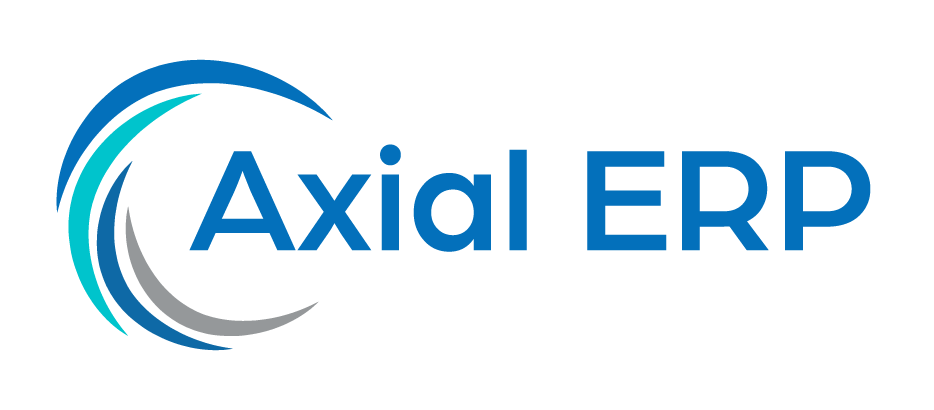Implementation of Advanced Compliance Reports in ERPs
In an increasingly regulated and globalized business world, the ability to maintain regulatory compliance is crucial for the success and sustainability of any organization. Enterprise Resource Planning (ERP) systems play a crucial role in this aspect, providing the necessary tools to effectively manage information and business processes. In this article, we will explore how companies can implement advanced compliance reports within ERPs to ensure adherence to applicable regulations and laws.
Understanding Regulatory Compliance in the Context of ERPs
Regulatory compliance refers to the process of ensuring that a company operates in accordance with the laws and regulations established by governments and other regulatory authorities. This includes, but is not limited to, financial management, data protection, labor practices, and environmental safety.
ERP systems are powerful tools that integrate various business functions such as accounting, human resources, production, and sales into a single system. By doing so, ERPs provide a unified view of the company, making it easier to generate accurate and timely compliance reports.
Challenges of Implementing Compliance Reports in ERPs
Implementing compliance reports within an ERP presents several challenges, including:
- The complexity of constantly changing regulations that vary by industry and geographic region.
- The need to collect and process large volumes of data from different sources and in various formats.
- The importance of ensuring data integrity and security to avoid compliance breaches.
- The difficulty of adapting standard ERP systems to meet specific compliance requirements.
Steps for Effective Implementation of Compliance Reports in ERPs
1. Compliance Requirements Analysis
The first step in implementing advanced compliance reports is to conduct a comprehensive analysis of the specific regulatory requirements of the industry and jurisdiction of the company. This involves identifying all applicable laws and regulations, as well as the company’s internal standards.
2. Evaluation and Customization of the ERP
With the compliance requirements in hand, the next step is to evaluate whether the company’s current ERP can meet these needs. This may require customizing the ERP or integrating it with specialized third-party modules or applications for compliance.
3. Automation of Compliance Processes
To improve efficiency and reduce human errors, it is essential to automate as many compliance processes as possible. This can include data collection, report generation, and approval workflow management.
4. Training and Personnel Development
The implementation of advanced compliance reports will not be successful without properly trained staff. Training should cover how to use the new tools and processes, as well as the importance of regulatory compliance.
5. Continuous Monitoring and Improvement of Reports
Implementing compliance reports is an ongoing process. It is vital to establish monitoring mechanisms to ensure that the reports remain accurate and relevant, and make adjustments as necessary to adapt to changes in regulations.
Best Practices for Implementing Compliance Reports in ERPs
- Integrate compliance management into the corporate culture and daily processes.
- Maintain clear and constant communication with all stakeholders about compliance requirements and changes.
- Utilize ERP technology to centralize and protect data, thus ensuring its integrity and availability for compliance reporting.
- Establish clear data governance and information security policies.
- Conduct regular internal audits to verify the effectiveness of compliance reports and adherence to regulations.
Conclusion
Implementing advanced compliance reports within ERPs is a complex but essential task for modern businesses. By following the steps and best practices described in this article, organizations can ensure not only their regulatory compliance but also improve their operational efficiency and transparency.



